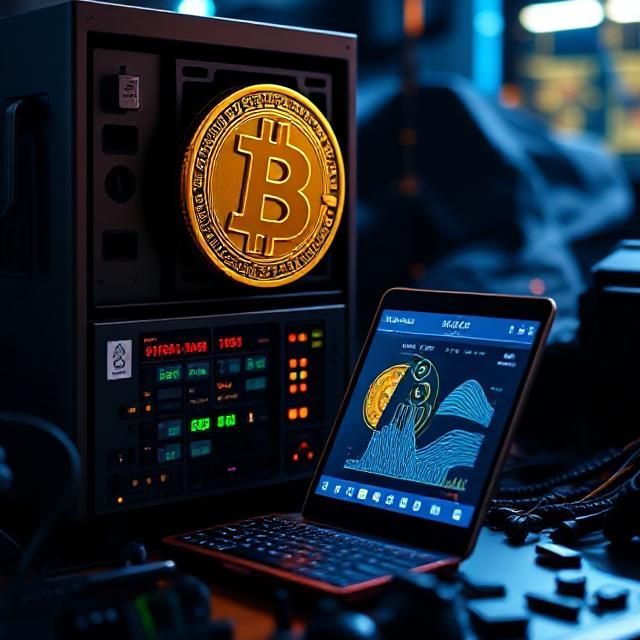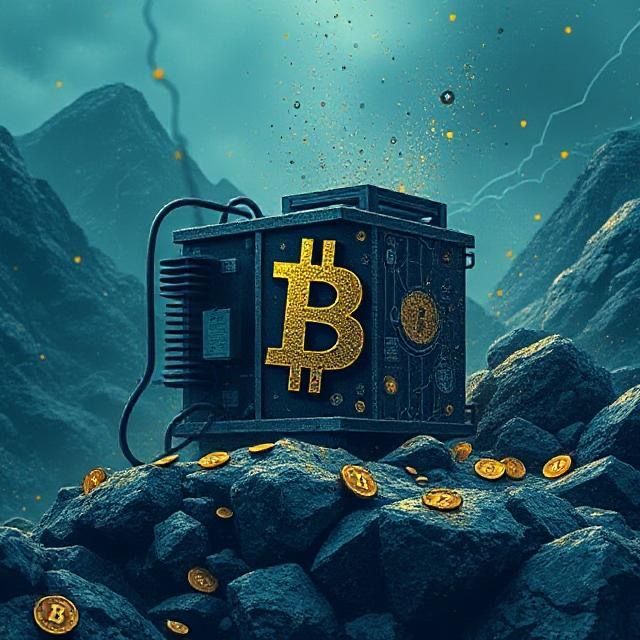The Beginner’s Guide to Ethereum
Ethereum is a public computing network for decentralized applications that operates on a global scale.
Ethereum is often thrown into the same basket with Bitcoin by crypto neophytes. However, besides its cryptocurrency token Ether (ETH) there are very few similarities between the two.
Ethereum has a more far-reaching use of blockchain technology as it enables users to develop and run almost any type of code, store it on the ledger and let it gain authenticity through smart contracts and the participation of the entire platform.
Ethereum empowers people from everywhere in the world to deal between them without the need for intermediary actors. As a result, not only monetary transactions but also the exchange of services, information, knowledge, and goods can take place at a lower cost and without the impositions of a traditional centralized institutions.
Ethereum in a Nutshell
- Initially released in 2016 by Vitalik Buterin
- It is a decentralized ledger, constantly verified and updated
- It enables developers to run any type of code they want
- It uses Ether – a cryptocurrency second only to Bitcoin
- It enables the creation of self-executing codes called smart contracts
- It allows the development of venture capital funds as decentralized autonomous organizations (DAOs)
- It is a public, stateless platform that uses internal Turing-complete software called Ethereum Virtual Machine (EVM)
- You can either mine for Ether or buy it in exchange for standard currency or other cryptos
What is Ethereum?
Ethereum is an open-source, trustless, decentralized network of computers that use a unique coding language and blockchain technology to exchange applications for cryptocurrency tokens of value, called “Ether”. There are over 8,000 computers (operators) worldwide engaged in this process at the moment.
The entire Ethereum network works like a programmable blockchain. It uses a peer-to-peer protocol to allow users to create applications or “smart contracts” which they can add to the blockchain and execute by sending Ether to them.
As the platform’s website puts it: “on Ethereum, you can write code that controls digital value.” The codes are called “smart contracts,” and since the network is public and global, anyone can create and run a smart contract by paying the operators in Ether.
A decentralized platform means that each smart contract that takes place on it is stored on computers in multiple locations. The veridicality of these contracts is proven by the entire network and not by an all-governing authority as it is the case with software and applications that do not rely on blockchain technology.
Ethereum is not under the control of any governmental authorities or banking institutions. The Ethereum platform is fully autonomous and its authenticity is given by the thousands of computers and volunteers that work on it around the world.
What are Ethereum Smart Contracts?
Ethereum Smart Contracts are pre-defined self-executing codes that users add to the blockchain, and which signal an agreement between two or more parties. They run on the Ethereum Virtual Machine (EVM), which is the totality of all the Ethereum nodes (computers) around the globe.
When the requirements of a smart contract are met, the code is executed without the need for approval from a third entity.
For example, you could build a freelancing-like platform on top of Ethereum. There, independent professionals and businesses could meet to exchange services through smart contracts. A contract could be written to say that when a certain service is met by a content creator, the payment agreed by the contracting business transfers to the freelancer’s account without the need for the platform’s approval, and more important, without the platform taking a commission fee from the contract like all real-life freelancing platforms do.
This is just an example, but there are endless possibilities and purposes for using smart contracts. More and more companies use Ethereum and its interpretation of blockchain technology to develop apps, games and programming software.
What are Ether Tokens?
Ether is a digital currency, a token or a virtual property that is associated with Ethereum.
Developers that wish to create apps on top of Ethereum have to pay the nodes on the network a certain amount of Ether. The people who later want to use those apps may also need to pay for them in Ether.
Additionally, you can pay for services in Ether or ask for it as payment outside the platform. Similar to other forms of cryptocurrency, you can exchange Ether for cash or other cryptos (ex. Bitcoin).
Some services and cryptocurrency exchange websites tend to alternate the name of these tokens between Ether and Ethereum, although they represent the same thing.
What is DAO?
Also known as a decentralized autonomous organization, the DAO was a stateless, venture capital fund that aimed to provide a business platform for companies that also adhered to a decentralized model of financial ventures. It was founded in 2016 on the Ethereum blockchain through the largest crowdfunding campaign in history then which amassed more than $150 million.
The DAO creators reported a recursive call bug within the software and told the members who already financed more than 50 projects that their investments were not at risk. While the Ethereum network was still impenetrable, the DAO platform became the victim of a hack attack on 18 th of June 2016 that saw the transfer of 3.6 million Ether tokens into a “child DAO” – a platform with a similar structure to DAO.
The hack made the price of Ether drop from $20 to $13 and drained almost a third of the entire number of tokens present at that time. The value of lost Ether was estimated at $50 million. In the aftermath, two sides emerged, out of which one claiming that the working algorithm of Ethereum was unbreakable, and another asking for a hard fork in the protocol that would return the stolen funds to the investors and prevent future hack attacks.
The second side won, and in July of 2016 Buterin confirmed the hard fork, which did not please some of the Ether miners. They did not adhere to the newly created chain (Ethereum) and chose to follow the old protocol which became known as Ethereum Classic (ETC).
At the moment, the Ethereum community is still divided, but new investors, developers, and miners choose to run codes on the new, forked Ethereum chain. Both Ethereum, and ETC remain two popular cryptos that are actively developing and strengthening their positions on the market.
How Does Ethereum Work?
The Ethereum network is run by the Ethereum Virtual Machine that executes scripts and enables developers to run any type of code that they want from smart contracts to DAOs.
The Ethereum protocol is subject to periodic upgrades that improve its architecture and security. It has a universal value that allows users to build and run any type of smart contract or transaction. One can develop games, businesses, apps, p2p modules or organizations without being subject to censorship or discrimination.
How is Ethereum Different from Bitcoin?
It is easy to confuse Ether or Ethereum with Bitcoin if you are new to cryptocurrency, but there are essential technical differences between the two virtual coins.
Bitcoin was the first-ever cryptocurrency that used blockchain technology to create a fully decentralized, peer-to-peer global network. It enabled people to make currency transactions without the supervision of traditional intermediaries like governments or banks. It was a flickering light in the overwhelming darkness that was looming over our financial understanding and intelligence.
Think of Bitcoin as Gutenberg’s printing press, an invention that sparked a revolution and changed the world of publishing forever. Many other inventors and publishers took Guttenberg’s example and created new presses by using the technology that he proposed. Some improved on his work, while others used the same concepts to build different types of presses.
Ethereum is very much like that. It uses the same technology (blockchain) that Bitcoin uses to create an alternative form of cryptocurrency but it enhances its applicability for a broad range of diverse purposes. It is not better, nor worse. It is different.
One of the main differences between Bitcoin and Ethereum is that the last-mentioned takes blockchain technology to create an entire network with a unique coding language, a custom-made payment system, and its very own Internet browser. Additionally, it enables users to produce decentralized applications on its blockchain and run almost any code they want.
A Brief History of Ethereum
In November of 2013 , a 19-year old Russian-Canadian programmer by the name of Vitalik Buterin published the Ethereum whitepaper . His proposal was that of a platform which could use blockchain technology to store and implement computer programs through an international web of distributed nodes.
In January of 2014 , at the head of a stellar development team that included Mihai Alisie, Anthony Di Iorio, and Charles Hoskinson, Buterin announced publicly the development of the Ethereum platform. At the same time, the team started an ICO project that amassed $18.4 million in less than 7 months .
In May of 2015 , the first Ethereum testnet “Olympic” was released and was followed by “Frontier” as the first stage of development in July of the same year.
The 14 th of March, 2016 marked the official release of Homestead – the first stable Ethereum. In June , less than three months from its release, Ethereum suffers the infamous DAO hack that saw $50 million worth of Ether – almost 15% of the total Ether in circulation at the time – disappear.
From 2016 through 2019 , Buterin and his team announced several updates to strengthen and secure the original Ethereum protocol: The Classic fork ( October 25, 2016 ), The Metropolis Byzantium hardfork ( October 16, 2017 ) and The Metropolis Constantinople hardfork ( February 28, 2019 ).
How to Own Ether
You can acquire Ether by either mining for it or buying it for traditional currency or other cryptos. In both cases, you will need an electronic wallet for cryptocurrency to store the tokens.
If you wish to mine for Ether, you will need to set up a Graphical Processing Unit ( GPU ) and join an Ethereum mining pool. The process is similar to Bitcoin mining, with the exception that Ethereum blockchain stores both your transactional history and the current state of the network.
The Benefits of Using Ethereum
Ethereum brings significant changes to the blockchain technology and provides essential benefits to its users, such as:
- The Ethereum network cannot be turned off, which means that apps and businesses that use it can never turn off
- It is impenetrable to modifications from third parties
- The network’ security is given by the users’ consensus on proof of work and the cryptographic protocol that is at the base of all transactions
- Ethereum cannot be tampered with by intermediary actors like governments or banking institutions
The Downsides of Using Ethereum
While the DAO hack of 2016 alerted users about potential hacks and vulnerabilities to smart contracts, Ethereum remains a highly dependable and secure computing network. On the other hand, the obsession with keeping security protocols running at maximum capacity harms mainstream users that are looking to run new applications on the blockchain. As a result, the cost of Ether remains high and inaccessible to many developers.
Final Thoughts
The cryptocurrency industry has its superstar player that enjoys worldwide popularity in Bitcoin. However, Ethereum is not lagging far behind the famous crypto, and it is rapidly developing a loyal community of developers who embrace the option to run any kind of code they want on its blockchain.
As it stands, Ethereum is one of the most important revelations of blockchain technology and most probably the no.1 platform for decentralized applications of the future.
The post The Beginner’s Guide to Ethereum appeared first on Crypto Adventure.




